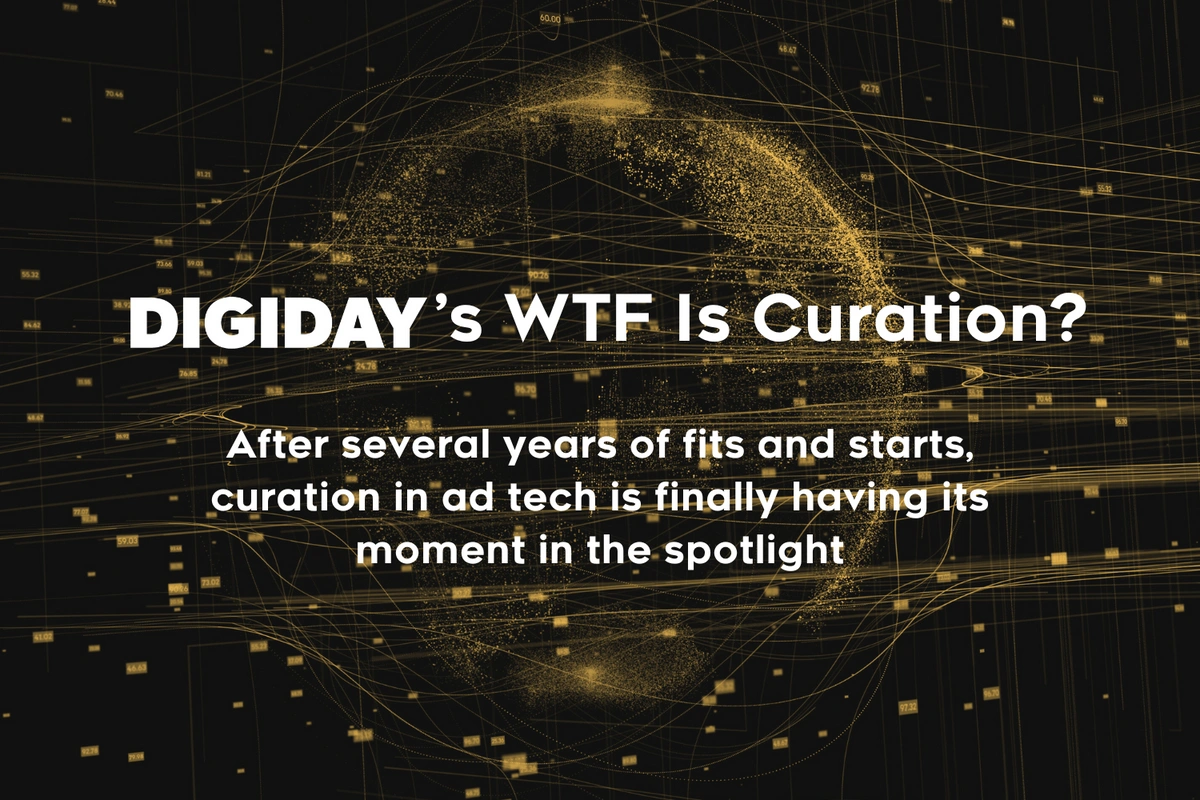


As one of the industry’s first curation platforms and a leader in the space, we’re excited to see the increased interest in curation but continue to see misconceptions and confusion on the subject. We wanted to highlight a recent Digiday article that clears some of these misconceptions by explaining what curation is, how it works, who does it, and the cause of its recent increased interest.
So, what is curation?
In the article, Seb Joseph, Executive Editor of News at Digiday, says, “It’s a term used to describe how ad tech vendors curate audience and programmatic supply chain data against ad inventory to sell overlooked, but valuable, ad impressions. Done right, it’s a win-win: more efficient reach for advertisers and a revenue bump for publishers.” He continues, "Picture curation as aggregating select supply from the vast, open programmatic market, where prices are determined in real-time auctions, along three lines: audience data, contextual data and supply chain integrity (no resellers, no made-for-arbitrage inventory, etc.). Curation combines this data intelligently with inventory.”
Curation may sound like targeting, but it is not the same as traditional programmatic targeting on a demand-side platform (DSP). It essentially functions as sell-side targeting, analyzing the entire real-time exchange of data around the trading of ads, while DSPs only capture a fragment of this data.
“We co-locate in the same data centers as our SSP partners so that we can enrich the bid in lightning-fast time before it goes to the DSP — that’s real curation,” said Drew Stein, CEO and co-founder of Audigent, a curation specialist. “The same goes for data infrastructure. You need it to be able to curate the data against ad inventory.”
How does curation work?
Think of curation as a way of selling ads that sits between open auction and direct publisher deals. It bundles ad impressions tied to a specific deal ID, essentially a curated package similar to how direct deals are sold. However, unlike direct deals, curated impressions lack preferential access and are sold in the open auction, meaning no marketer gets special treatment.
